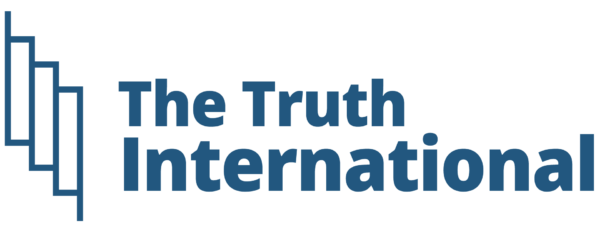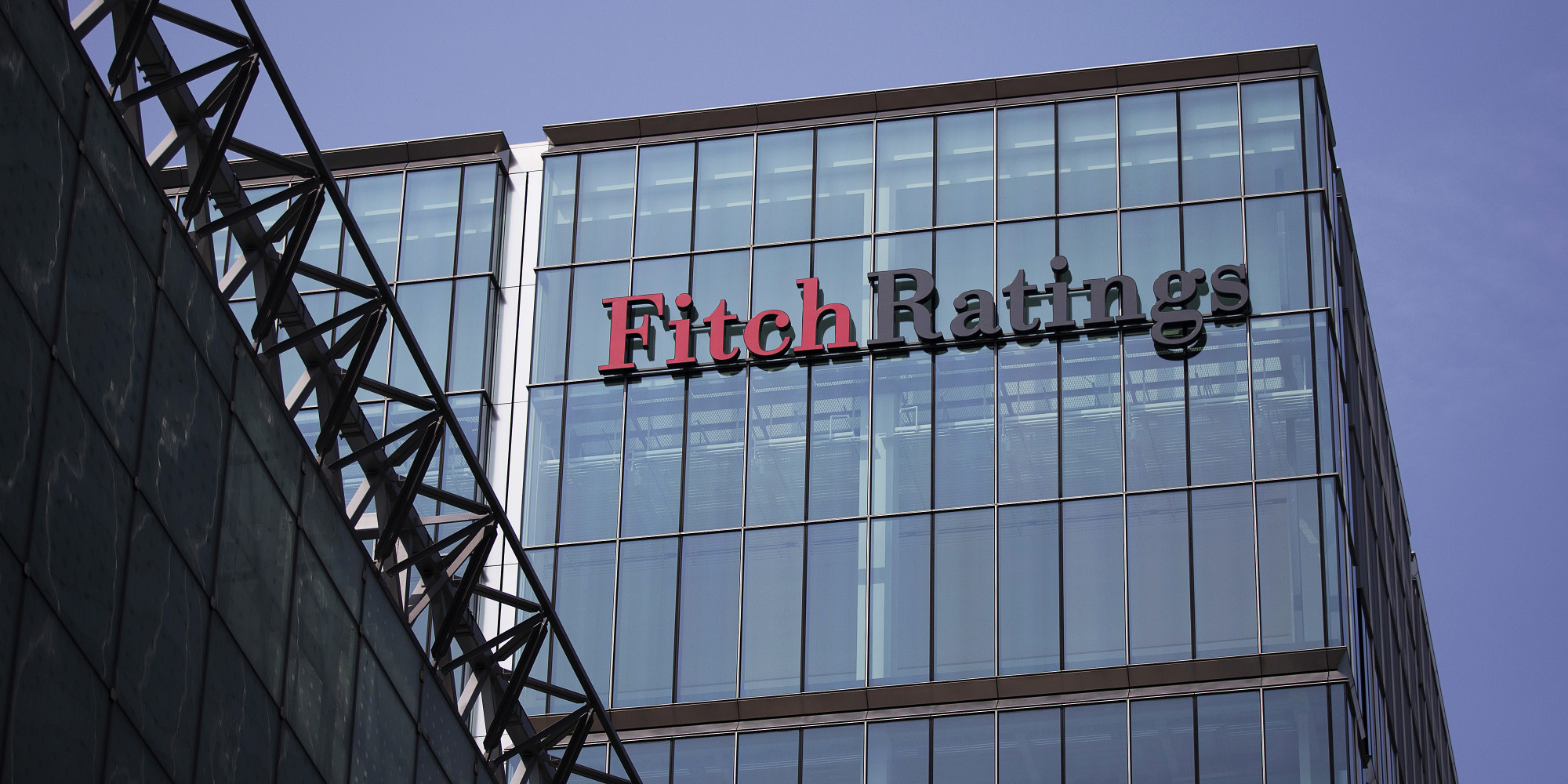Stable outlook signals rising investor confidence, driven by stronger policies and IMF engagement
ISLAMABAD: Global credit ratings agency Fitch Ratings has upgraded Pakistan’s long-term foreign-currency issuer default rating from ‘CCC+’ to ‘B-’, citing improved fiscal discipline, a stabilising external account, and stronger macroeconomic management. The outlook remains stable, reflecting growing policy credibility and progress under the International Monetary Fund (IMF) programme.
In a statement issued Monday, Fitch highlighted Pakistan’s commitment to economic reform, supported by its ongoing engagement with the IMF. The upgrade follows Pakistan’s recent agreements to review a $7 billion Extended Fund Facility (EFF) and implement a $1.3 billion Resilience and Sustainability Facility (RSF).
“We expect tight economic policies to continue supporting the recovery of international reserves and contain external funding needs,” the agency noted, while cautioning that high financing requirements and policy implementation risks remain.
Government Reaction: A Vote of Confidence
Finance Minister Senator Muhammad Aurangzeb welcomed the development, calling it “a strong vote of confidence in our economic reforms and policies,” as reported by Geo News.
“This upgrade will further strengthen the government’s economic agenda,” Aurangzeb said.
“It paves the way for increased investment, trade, employment, industrial growth, and access to additional financial resources.”
Key Economic Highlights Behind the Upgrade
- Budget deficit projected to shrink to 6% of GDP in FY25, down from nearly 7% in FY24, driven by fiscal tightening and provincial surpluses.
- Primary budget surplus expected to rise above 2% of GDP, more than double the previous year.
- Public debt fell to 67% of GDP in FY24, down from 75% a year earlier, with a further decline anticipated.
- However, interest payments remain a challenge, with an interest-to-revenue ratio forecast at 59% in FY25—far above the ‘B’ median of 13%.
Inflation, Growth, and Monetary Policy
Inflation is projected to ease to 5% in FY25, after hovering above 20% over the past two years, before rising slightly to 8% in FY26. The State Bank of Pakistan (SBP) has maintained its policy rate at 12% following a cycle of easing throughout 2024. Economic growth is expected to rebound to 3% in FY25.
External Position Strengthens
Pakistan’s external indicators have shown marked improvement:
- A $700 million current account surplus was recorded in the first eight months of FY25, driven by rising remittances and lower import costs.
- Foreign exchange reserves surged to $18 billion in March, up from less than $8 billion in early 2023.
However, the country still faces external debt maturities of $9 billion in FY26, following over $8 billion due this year. The government plans to secure $10 billion in new funding in the latter half of FY25, largely through multilateral lenders and commercial borrowing.
Political Landscape and Risks
Despite a parliamentary majority, Prime Minister Shehbaz Sharif’s coalition continues to face political volatility, a weak public mandate, and institutional challenges, particularly in border regions near Afghanistan—all flagged by Fitch as ongoing downside risks.
Fitch’s Methodology and Rating Justification
Fitch’s Sovereign Rating Model placed Pakistan at a ‘CCC+’ equivalent, but the agency’s rating committee upgraded it one notch to ‘B-’, reflecting recent gains in macroeconomic stability, inflation control, and fiscal management.










